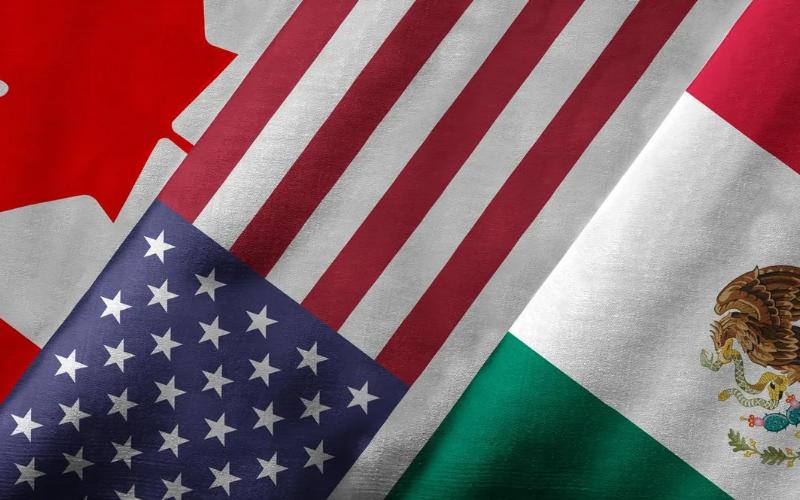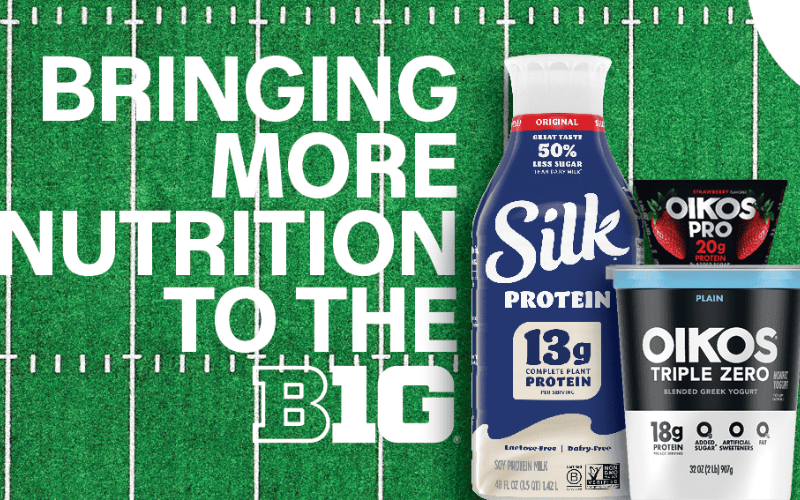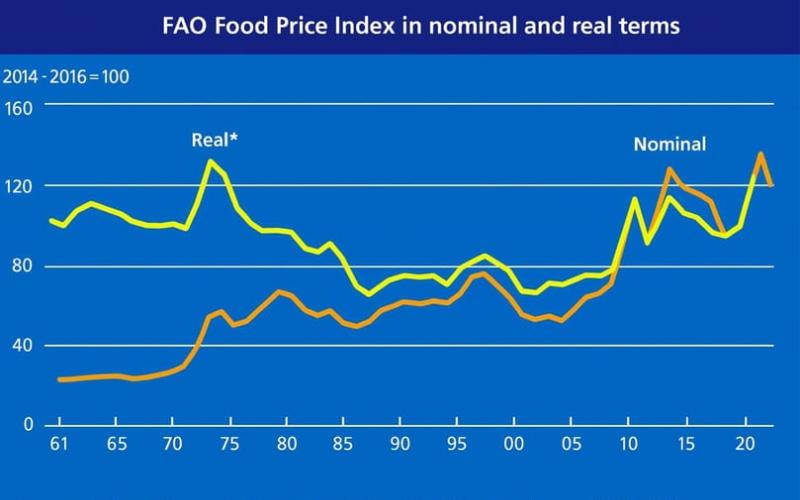In Russia, a Cold Summer Decreased Ice Cream Sales by 7%, Online Segment Grew by 22%
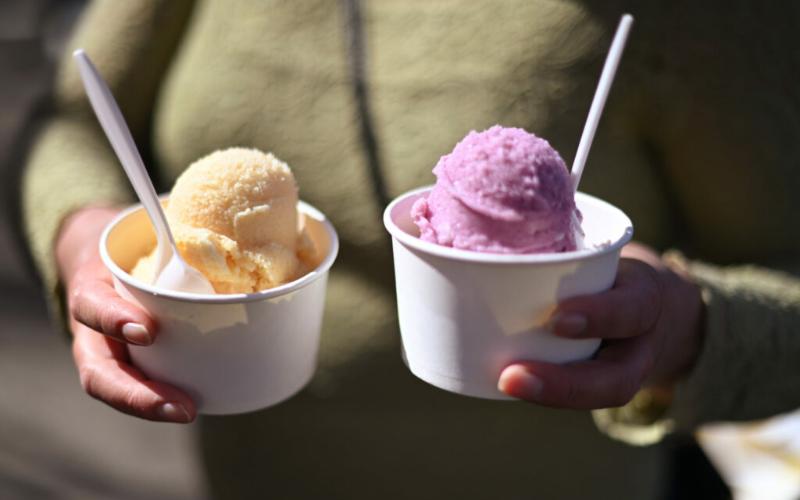
One of the key reasons, according to Nielsen, is the colder weather in Russia compared to the unusually hot summer of 2024. The largest drop in demand occurred in June (-12%) and September (-11%), while in May and August sales remained close to last year's level (-1%).
The study takes into account sales in more than 180 retail chains and traditional retail across Russia, including rural areas, as well as data from 50 online stores and marketplaces.
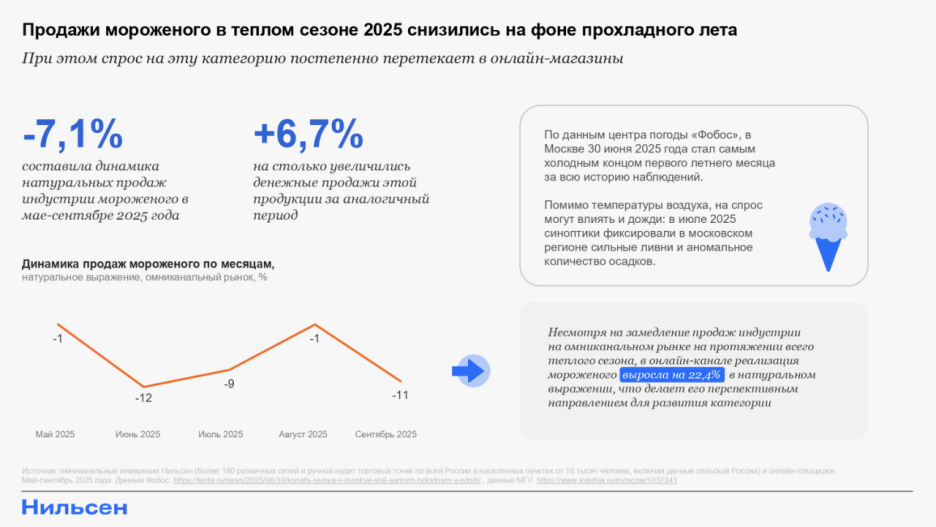
Cold Summer, Rising Prices, and Expensive Loans
"One of the main reasons for the decline in ice cream sales in the omnichannel market is the cold summer, which in 2025 led to a decrease in demand for 'seasonal' products. Given the high base of last year, the difference becomes even more noticeable: if in 2024 we talked about a hot summer and temperature records, in the current season we note a slowdown in demand in the cool season," comments Svetlana Bobrova, Commercial Director of Nielsen.
Additional pressure on the market was exerted by the increase in shelf prices for ice cream by 15–17% during the summer period.
According to Dmitry Dokin, Chairman of the Board of Directors of Shin-Line, the price increase was linked to the rising cost of key raw materials and components: dairy raw materials (first butter, then skimmed milk powder), chocolate and glazes amid a twofold increase in cocoa bean prices, fruit fillers due to complicated import logistics, as well as rising costs for salaries, logistics, and packaging.
He also noted the impact of high credit rates on the industry's production plans. "In addition to the cold summer, the increase in the shelf price of ice cream by 15-17% in the summer season of 2025 can be noted. The price increase by manufacturers was due to increased costs for basic raw materials and components: price volatility in dairy raw materials — first butter, then SMP; chocolate and glazes due to the more than twofold increase in cocoa bean prices; fruit fillers largely due to complicated import logistics, as well as rising costs for salaries, logistics, and packaging. Moreover, the high credit rate did not allow many manufacturers of cold treats to make the necessary stock of finished products — stocks are formed from January to June, and sales begin at the end of May — so during this time factories take out loans, but in 2025 it was quite problematic to do so. We observed all these negative factors at the beginning of the year and therefore assess the season quite positively — everyone went through it with minimal losses," comments Dmitry Dokin.
Offline Declines, Online Grows by 22%
The main contribution to the decline in category sales was made by the traditional offline market: in physical stores, the volume of ice cream sales in volume decreased by 7.7% for the season. Meanwhile, the online segment showed a growth of 22.4%, making the internet channel one of the key areas for category development.
Growth Points: Protein, Lactose-Free, and 'Niche' Ice Cream
Despite the overall slowdown, certain segments are showing leading dynamics. According to Nielsen, the niche segment of protein ice cream is growing most actively: its sales in volume in January–September 2025 increased by 313% year over year, and its share in the category structure is gradually increasing.
"High demand can also be seen for other narrowly functional products — lactose-free ice cream, 'trendy' lines with a short but bright spike in demand (for example, ice cream with Labubu), and so on," notes Svetlana Bobrova.
Potential of Multi-Serving Format and 'Multipacks'
According to Dmitry Dokin, the market has reached a logical correction after several years of growth since the beginning of the pandemic, and industry participants are counting on a recovery in sales in 2026. However, significant untapped potential remains in the multi-serving and 'home' consumption formats.
He emphasizes that in Russia, home consumption of ice cream is significantly inferior to impulse consumption — more than four times, whereas in Western markets the situation is the opposite.
"Without a doubt, if home consumption of the multi-serving format grew in Russia, it would positively affect the entire ice cream industry: at home, it's always warm, there's no rain or wind. Everyone looks at this category with hope, but it still lags the impulse format by more than four times. Meanwhile, in the West, the opposite picture is observed — there the home format is just as much larger, and as a result, ice cream consumption per capita is on average twice as high. Simple annual novelties do not help — the category does not arouse interest among consumers and therefore now star products are needed to generate active interest in this ice cream format. Speaking of 'multipacks', two issues need to be solved — high-performance lines that allow achieving low cost and robots for packing into the primary box — manufacturers in Russia have neither, and 'multipacks' require a price 20% lower than the sum of the prices of individual products" — comments a representative of Shin-Line.



